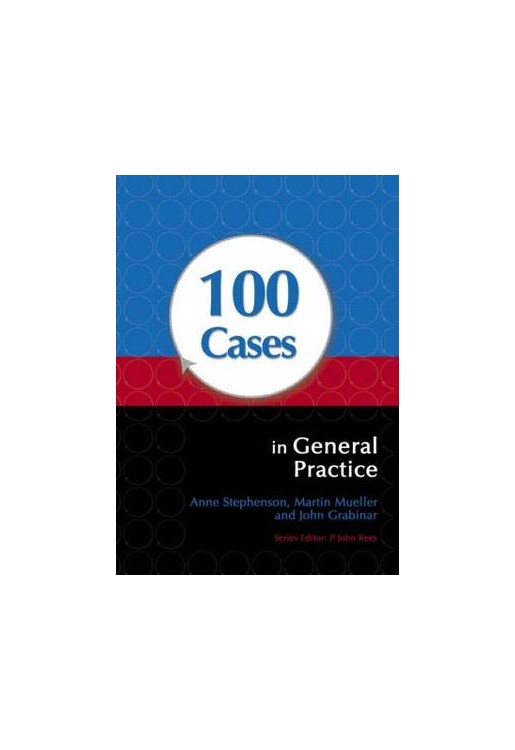The aim of the 100 Cases series is to provide a novel learning and revision tool that works by guiding the student through clinical cases, imitating those that students and Foundation Year Doctors are likely to meet in a general practice setting. The cases are written to interest students in clinical problems and to help them develop their skills of clinical reasoning, with each scenario providing details of a patient's medical history and the key findings of a clinical examination, together with initial investigation results data for evaluation.
Key questions then prompt the student to evaluate the patient, and reach a decision regarding their condition and the possible treatment plan; while the answer pages enable the reader to understand the processes a clinician goes through in such situations. The volumes are designed with the student in mind, and include features to aid self-directed learning, clinical thinking and problem-solving. "The case-based structure grabs the reader's attention and questions prompt the reader to think about and engage in each scenario... It encompasses a very wide range of different conditions and... also gives good insight into the wider role of the general practitioner beyond just medical management."
-Oxford Medical School Gazette
Person-centred medicine
Bio-psycho-social approach
Non serious physical injury with serious social consequences
The importance of family history
Ethico-legal issues
Difficult communication
Telephone consultation
Patient pathway to the GP
Sorting symptoms
When to investigate
Uncertainty
Risk management
Team approach
The GP role
Continuity of care
When to refer
Use of resources
Individual and community needs
Diversity and Access issues
Subtle symptoms with rare, potentially life-threatening consequences
Advocacy
There's a lot of it about
Seasonal conditions
Normality
A long list
Hypochondriacs eventually get ill
We don't always get it right
New information or knowledge
Partial, early presentation
It's a bit like my granny
Medicalising symptoms
Psychosomatic presentations
Seeing the patient in the street
Getting medical care for our own family
Our own experience
An uncomfortable relationship with a patient
Adherence
Differential diagnosis
Infectious diseases
Family problems
Importance of treating conditions with no serious sequelae
Treatment of chronic conditions for which there are no symptoms
Epidemiological contributions
Common, self-limiting conditions
Where there is no cure: holding a patient
Not winning
Latrogenic disease


